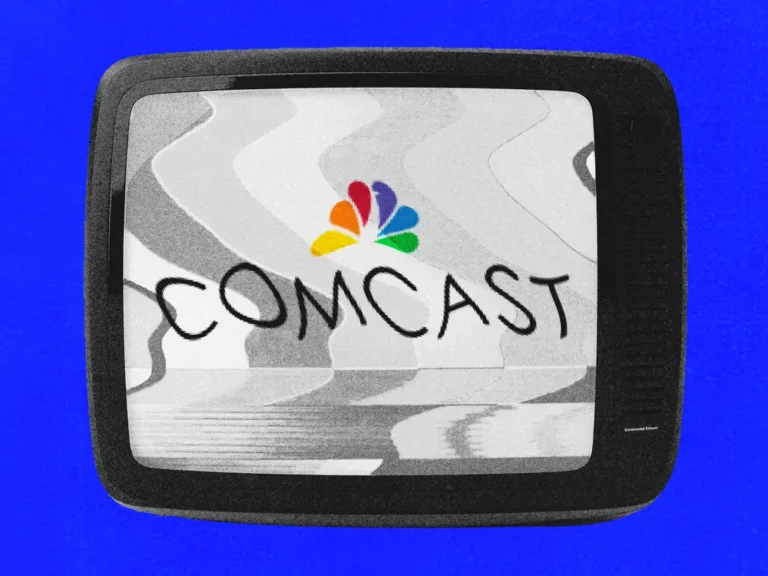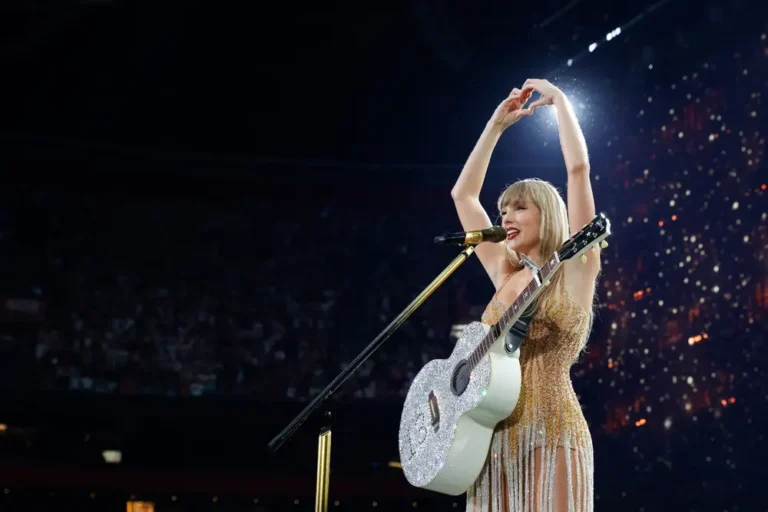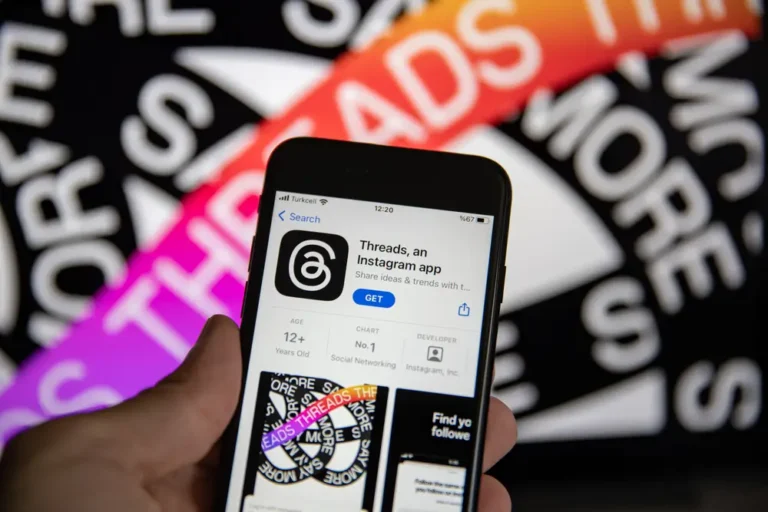How Netflix has changed the global entertainment industry

Benedict Wong and Liam Cunningham in “3 Body Problem.”
Since Netflix began its worldwide expansion in 2016, the streaming service has rewritten the playbook for global entertainment — from TV to film, and, more recently, live entertainment and video games.
Hollywood used to export most global hit series and movies. Through Netflix’s investments in international TV and film, programs like South Korea’s “Squid Game” and France’s “Lupin” have found massive audiences around the world. Netflix’s English-language originals, such as Shonda Rhimes’ “Bridgerton,” Ryan Murphy’s “Dahmer,” and Tim Burton’s “Wednesday,” have also broken the streamer’s internal streaming viewership records. And Netflix has moved into live programming like sports and comedy.
Netflix has generally been declared the winner of the streaming wars, especially after the 2023 writers’ and actors’ strikes shut down Hollywood production and other streamers retrenched to stem losses. Its stock hit an all-time high this year while other media companies floundered, and it’s making headway with its crackdown on password sharing and its ad-supported subscription tier. Cash-hungry rivals have returned to licensing their shows back to Netflix, which could help make the streamer even more dominant.
Netflix’s impact on the global TV industry remains undeniable. Still, it now faces fresh questions about its audience growth potential, ability to compete for ad dollars with the likes of Amazon’s Prime Video, and opportunity to capture younger viewers who are more drawn to YouTube than traditional TV and film.
How Netflix disrupted the global TV industry
To thrive on an international stage, Netflix sought both US mass-market programming like “Stranger Things” as well as local content that could win over viewers in specific markets (and produce breakout hits).
The strategy helped the streaming service grow its customer base to more than 282 million global subscribers. Its momentum also reinvigorated production in places like Germany, Mexico, and India.
More recently, it, along with other streamers, has sought broadcast network-type shows that will grab broad viewership, plus fewer, lower-budget movies under new film chief Dan Lin. It’s also dipped into live programming like sports and comedy. While its highly anticipated fight between Mike Tyson and Jake Paul on November 15 was rife with streaming glitches, Netflix said it drew 60 million households, showing its ability to get huge viewership for live programming.
More on Netflix’s changing content direction:
- Netflix is shifting strategy away from big-budget action flicks and big-name stars. Here’s its new plan.
- Netflix helped bring original films to streaming — now it’s pulling back, and Hollywood is feeling the pinch
- Leaked documents reveal what Netflix wants in new shows, from more ‘Dahmer’-style true crime to its own version of ‘The Bear’
- International TV producers describe how streaming competition is changing their markets
Netflix shook up its leadership to reflect a changing business
After breaking all of Hollywood’s rules and disrupting the entertainment industry, Netflix — since its first-ever subscriber loss — has been breaking its own rules, reversing its stances on password sharing and advertising.
It also shook up its leadership in 2023, elevating Greg Peters to co-CEO, reflecting its shift to new revenue streams, alongside Ted Sarandos, as cofounder Reed Hastings moved to executive chair.
Meanwhile, TV head Bela Bajaria was named chief content officer, with film reporting to her.
An elite team of interdisciplinary execs helps make Netflix’s biggest decisions. Known internally as the “Lstaff” — the “L” stands for leadership — the group sits between the company’s officers and its larger executive corps of vice presidents and above, who are called the “Estaff.”
More on Netflix’s corporate structure:
- Netflix insiders describe its new co-CEO as ‘hyper rational’ and a behind-the-scenes power player leading key expansions in ads, gaming, and more
- Netflix salaries revealed: How much engineers, marketers, content execs, and others get paid
Netflix continues to grow, despite layoffs
Netflix has laid off hundreds of staffers over the past couple of years as the broader media and entertainment space grapples with a bear market.
Still, it has remained a desirable place to work in recent years despite some tests its corporate culture has faced. While hiring has slowed, it’s still adding employees to maintain its lead over other paid streamers and fuel its global expansion.
More on Netflix’s business model and company culture:
- Netflix insiders describe a culture shift to ‘fear-based’ decision making, execs stretched thin, and belt tightening amid layoffs and subscriber losses
- Netflix spending cuts fuel fears that its golden creative age is over
- Netflix exec reveals sports ambitions and what’s next for live sports as golf series ‘Full Swing’ debuts
Netflix is moving into advertising and gaming
Netflix faces more competition from TV viewers than ever from traditional media companies like Disney and Warner Bros. Discovery and tech players Apple, Amazon, and YouTube, many of which are further along in selling ads and offering live sports programming.
The competition is pushing Netflix to continue evolving. It introduced a cheaper, ad-supported tier in late 2022 to combat slowing subscriber growth, and claimed 70 million global users of the ad tier in November. It started building a video games business in 2021 and has been selling merchandise and experiences tied to series like “Squid Game” and “Bridgerton.”
But the ad tier has been slow to meet the scale demanded by advertisers, while its games have yet to take off. This summer, Netflix shook up its games leadership and shut down a unit dedicated to developing elaborate “Triple-A” games to focus on casual games. Netflix also laid off a few dozen gaming employees.
Netflix has repeatedly said both businesses would grow slowly and that it expected games to be a small part of its business. It’s introducing tech to grow its advertising sales and adding live events such as the Tyson-Paul fight, two NFL Christmas Day games, and WWE fights — things that are catnip to advertisers.
More on Netflix’s advertising and gaming ambitions:
- Netflix has launched its ad-supported tier — here’s everything we know about how the streaming giant is pitching advertisers
- Meet the 19 execs driving Netflix’s advertising push
- Why Netflix is placing cars like the Chevy Bolt in its shows, and what the streamer’s deal with GM means for its growing advertising business
- Netflix is doubling down on gaming, with dozens of new hires and a dedicated studio, as it chases younger audiences and battles to turn back subscriber losses






